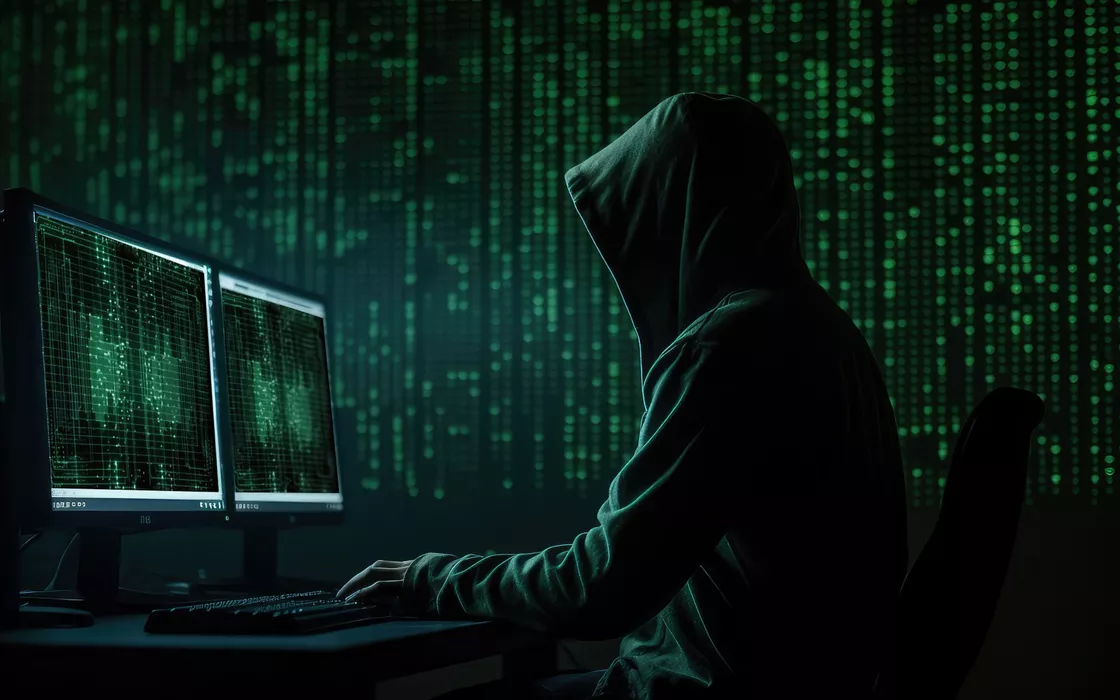A surprising robbery, exploiting technologies related to Artificial intelligence e deepfakewas carried out against a multinational company Hong Kong.
According to what was reported by the newspaper South China Morning Postthe company was embezzled as much as 200 million Hong Kong dollars (approx 25.6 million dollars). Beyond the large sum, however, what captures attention is the ingenious plan of the cybercriminals, who have implemented a new strategy to defraud the company.
Apparently, cyber criminals have created a “digital version” of the financial director e di other employees, recreating a fake video conference. In this context, instructions were given to an employee to transfer funds that actually ended up in the pockets of cybercriminals.
The investigations are currently underway and, for this reason, the Hong Kong police did not want to release further information on the matter. In fact, the name of the company has not yet been revealed.
AI and deepfake, the new frontier of robberies: here are the recommendations from the police
Robberies, or in any case criminal activities, perpetrated through AI and deepfakes are certainly nothing new in the Asian country. Despite this, what happened in recent days surprises insiders and not due to the complexity of the plan.
All the participants, except the victim, of the meeting were in fact artificial creations capable of misleading people who, in all likelihood, still have a certain familiarity with technology. The scammers were able to convincingly replicate not only the appearance, but also the voicesexploiting video clips e audio available to the public to recreate a realistic environment. The Acting Senior Superintendent of the Hong Kong Police, Baron Chan Shun-chingunderlined how a scam of this kind represents a worrying precedent.
In this regard, the police then provided valuable advice for verifying the authenticity of people in video calls, such as ask them to move their heads o answer questions who can confirm their identity, especially when it comes to requests for money transfers. Another useful solution could be to use encrypted keys for communications during meetings.

